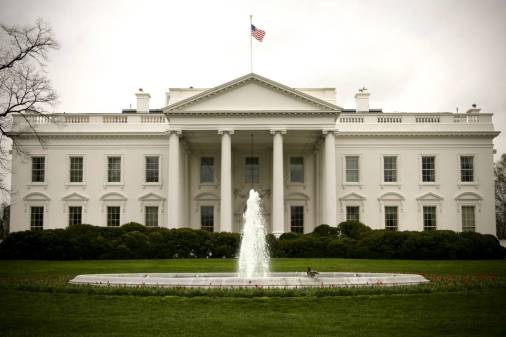States can find millions in data center savings

There is a number used in measuring the efficiency of data centers called power usage effectiveness, known as PUE, which looks at the overall amount of energy a data center uses and compares it to the amount needed to run just the information technology equipment that’s inside. The total energy used by the data center — for everything, including cooling, lighting and security — is given in a ratio compared to the energy used by the IT equipment to let data center operators know how much bang they are getting for their buck.
Sadly, some state governments are not getting much bang for their buck.
In an interview with StateScoop, Mike Everitt, vice president for federal civilian agencies and state government at IO, said the new target PUE number is 1.4 or below, but many government data centers are operating at a PUE of above 2.0. This means they are spending extra money to run inefficient data centers — possibly in the tens of millions of dollars.
“Data centers can be an expensive business with the high energy costs associated with them, so the last thing governments need is to have money being wasted,” Everitt said.
To help combat this, IO has been a pioneer in highly efficient modular data centers. The premise is simple: Organizations purchase the self-contained modules and build out their data centers to the specs they need, adding the units as if they are Legos. The modules can be housed alongside others in a large data-centerlike building or simply in a convenient location outdoors as they are able to withstand the elements.
“A lot of companies create their products out of shipping containers that are not specifically designed to house data center equipment,” Everitt said. “Our approach is creating something that is specifically built for the job at hand.”
That flexibility also helps state governments with another trend, Everitt said: a desire to house their data centers within their own state lines. Those decisions tend to be more political, as those in charge want to not only keep their data close but also reap the economic benefits, like new jobs, that the data centers bring.
Of course, the modular data centers don’t just run themselves. IO has developed its own proprietary data center infrastructure management (DCIM) software called IO.OS. Gartner Inc. recently named IO’s DCIM IO.OS software as visionary in its Magic Quadrant for Data Center Infrastructure Management Tools. IO.OS monitors, tracks and maintains a record of all critical data center systems to increase efficiency, utilization and capacity of the data center. The software also allows data center managers to monitor their centers remotely and receive alerts if specific metrics fall out of a certain range.
Everitt gave the example of a simple cooling fan slowing down. “In a traditional data center, you may not notice if a fan falls below a certain RPM speed, but if that causes other fans to work harder in order to keep the data center at the proper temperature,” Everitt said. “Over time, the other fans could break down and cause a larger chain reaction. With our software, you can see the instant something like that happens and make changes before there are consequences.”
All of this simply comes down to creating a new form of data centers that can revolutionize state governments and, more importantly, help the bottom line.
“By helping state governments save money, they can spend on things that more directly help citizens, which is what they’d rather be doing,” Everitt said.






